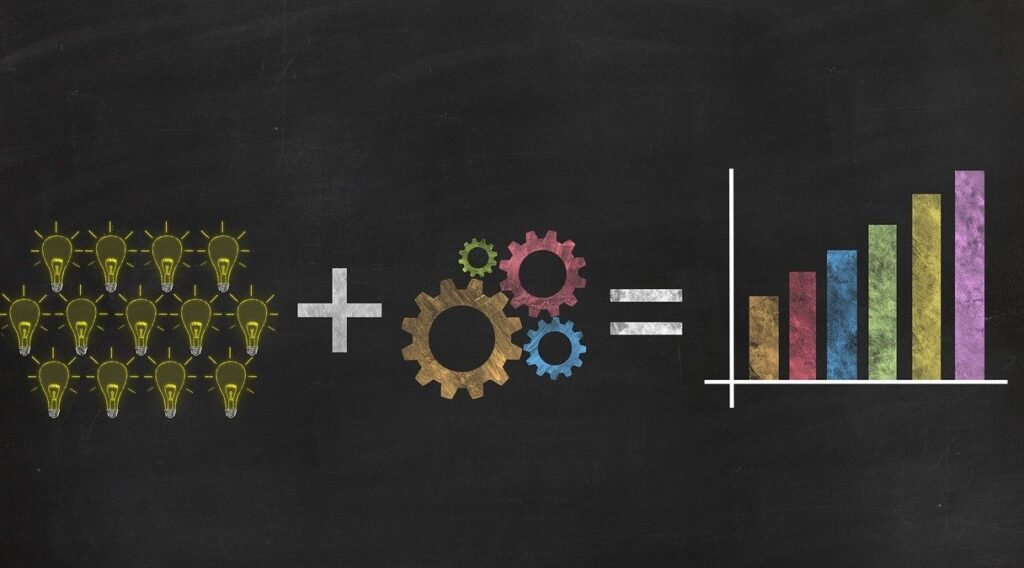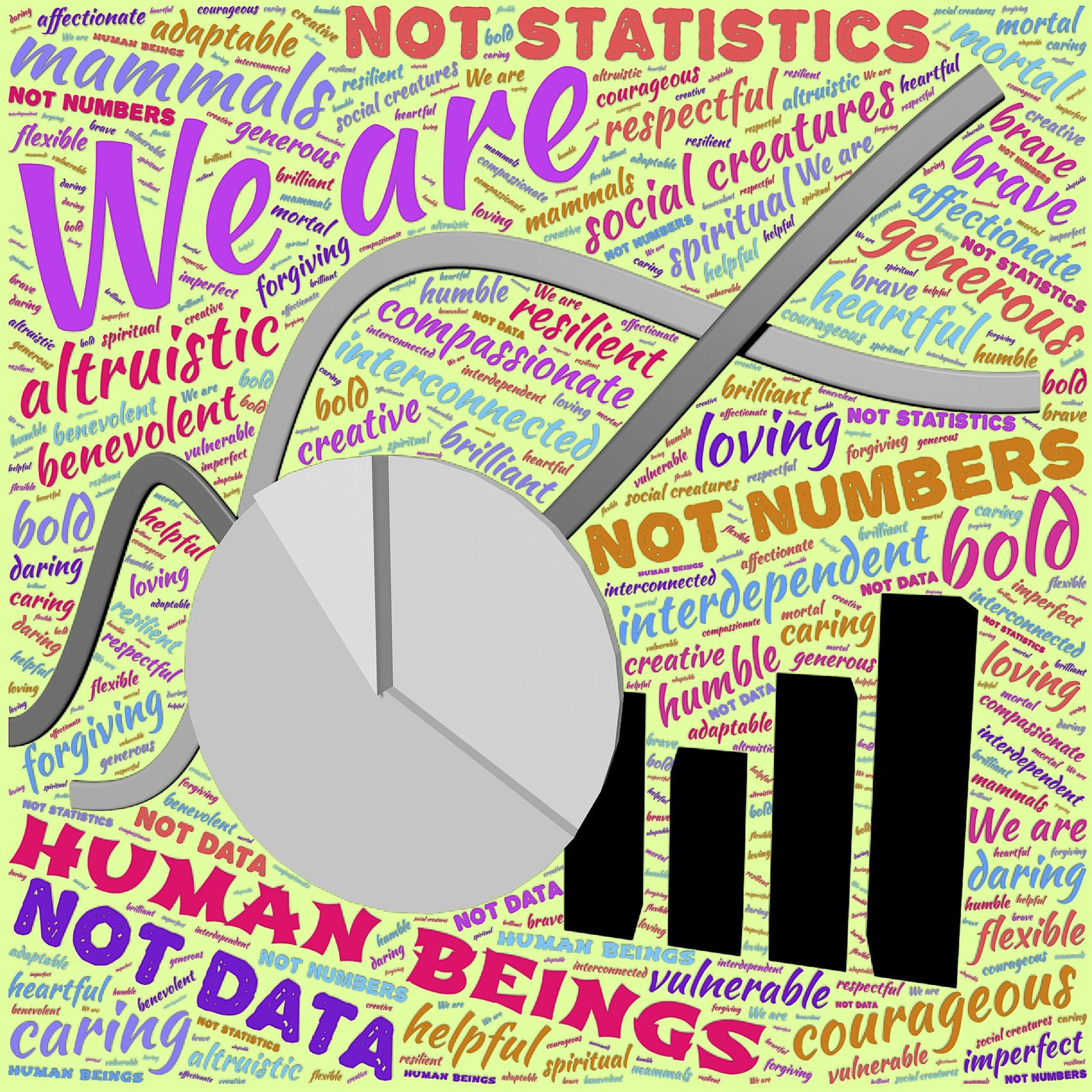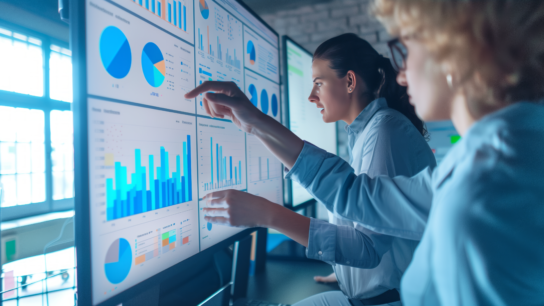Data analysis is a crucial skill in today’s data-driven world, enabling organizations to derive valuable insights and make informed decisions. Mastering data analysis involves understanding various techniques, developing essential skills, and using appropriate tools and technologies. This comprehensive article will help you navigate the intricacies of data analysis, empowering you to unlock the full potential of data.
KEY HIGHLIGHTS
- Programming skills in languages such as Python, R, or SQL are crucial for data analysis
- Descriptive statistics summarize and describe the main features of a dataset
- Inferential statistics allow you to draw conclusions or make predictions about a population based on sample data
- Predictive modeling involves building and validating models to forecast future outcomes or trends based on historical data
Understanding Data Analysis
2.1 What is Data Analysis?
Data analysis is the process of examining and interpreting data to uncover patterns, trends, and insights that inform decision-making and drive business outcomes.
2.2 Importance of Data Analysis
Data analysis helps organizations gain a competitive edge, optimize processes, identify opportunities, mitigate risks, and improve overall performance.
2.3 Key Components of Data Analysis
Key components of data analysis include data collection, data cleaning, data transformation, exploratory data analysis, statistical modeling, and interpretation of results.
Essential Skills for Mastering Data Analysis
3.1 Statistical Analysis Skills
Statistical analysis skills are essential for understanding data distributions, correlations, hypothesis testing, and making data-driven decisions.
3.2 Data Visualization Skills
Data visualization skills enable you to effectively communicate insights through charts, graphs, and dashboards, enhancing understanding and decision-making.
3.3 Programming Skills
Programming skills in languages such as Python, R, or SQL are crucial for data manipulation, analysis, and automation of repetitive tasks.

3.4 Critical Thinking and Problem-Solving Skills
Critical thinking and problem-solving skills are essential for framing analytical questions, selecting appropriate methodologies, and interpreting complex data.
Techniques and Methods in Data Analysis
4.1 Descriptive Statistics
Descriptive statistics summarize and describe the main features of a dataset, including measures of central tendency, variability, and distribution.
4.2 Inferential Statistics
Inferential statistics allow you to draw conclusions or make predictions about a population based on sample data, using techniques such as hypothesis testing and regression analysis.
4.3 Machine Learning Algorithms
Machine learning algorithms enable you to uncover patterns and make predictions from data without being explicitly programmed, using techniques such as classification, regression, clustering, and dimensionality reduction.
4.4 Predictive Modeling
Predictive modeling involves building and validating models to forecast future outcomes or trends based on historical data, helping organizations anticipate changes and make proactive decisions.
Tools and Technologies for Data Analysis
5.1 Excel
Excel is a widely used tool for data analysis, offering features for data manipulation, visualization, and basic statistical analysis.
5.2 Python
Python is a versatile programming language with libraries such as Pandas, NumPy, and Matplotlib, making it popular for data manipulation, analysis, and visualization.
5.3 R
R is a programming language and environment specifically designed for statistical computing and graphics, offering extensive libraries for data analysis and visualization.
5.4 SQL
SQL (Structured Query Language) is used for querying and manipulating relational databases, essential for extracting, transforming, and analyzing data stored in databases.
Best Practices for Effective Data Analysis
6.1 Define Clear Objectives
Clearly define the goals and objectives of your analysis to ensure alignment with business objectives and guide your analytical approach.
6.2 Clean and Prepare Data
Clean and preprocess data to ensure accuracy, consistency, and completeness, addressing missing values, outliers, and inconsistencies.
6.3 Choose Appropriate Analysis Methods
Select appropriate analysis methods based on the nature of your data and research questions, ensuring the validity and reliability of your findings.
6.4 Interpret and Communicate Results
Interpret and communicate your findings effectively to stakeholders, providing actionable insights and recommendations to support decision-making.
Real-World Applications of Data Analysis
Explore real-world examples of data analysis in various industries, including finance, healthcare, marketing, and e-commerce, showcasing the impact of data-driven insights on business outcomes.
Frequently Asked Questions
Data analysis is the process of examining and interpreting data to uncover patterns, trends, and insights that inform decision-making and drive business outcomes.
Skills needed for mastering data analysis include statistical analysis, data visualization, programming, critical thinking, and problem-solving skills.
Common techniques used in data analysis include descriptive statistics, inferential statistics, machine learning algorithms, and predictive modeling.
Common tools for data analysis include Excel, Python, R, and SQL, each offering different capabilities for data manipulation, analysis, and visualization.





